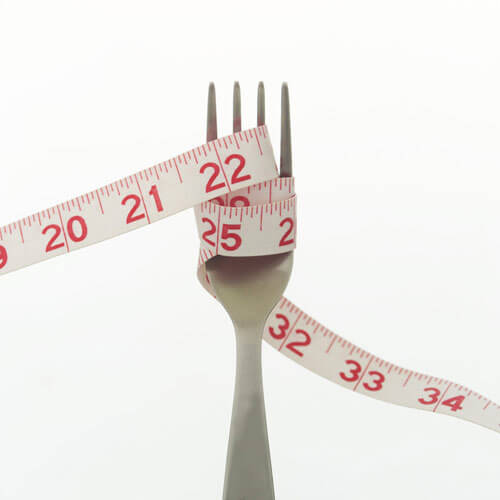
Intermittent fasting, what is it?
There are a number of ways of achieving the same goal here but simply put this is a period of fast in your eating. Common ways of introducing a break in eating are introducing a 14-16 hour fast into a 24 hour period, whilst this may sound like a long time one way people find relatively easy to achieve this stretch is by including the 8 hours of sleep at night time into this and skipping breakfast in the morning. Other ways you may have read about are the 5:2 diet, the 24 hour fast, alternate day fasting, the warrior diet, spontaneous meal skipping and many more!…
The 5:2 diet has previously been discussed here , the 24 hour fast is tricky for a lot of people as the fast window is so big, on the alternate day fasting it is recommended to eat 500kcals on your fast day, the warrior diet proposes a period of fast during the day and feast at night, and so on…
Q: What do the marketeers promise from the results of intermittent fasting? and what do some in the fitness industry (marketeers?) promise from the results of intermittent fasting?
A: Weight loss and improved athletic performance respectively
TRUTH:
Firstly throw away anything you read that promises you anything, you want to read only information backed by peer reviewed scientific study; this will ensure you receive objective, unbiased information not motivated by your cash. You will be offered statistics to prove or disprove a hypothesis made in the publication followed by a conclusion based on the stats, i.e. simply offered the scientific results.
We often hear from people that there is too much confusing and conflicting information out there, this is because you are reading information from the wrong source! The majority of people writing online are doing so because they are making a living doing so and therefore need to influence you!.A good place to start if you do not have access to scientific papers through a university is Google scholar. Fortunately I do have access to a University library (I am completing my doctorate as we speak!) and have filtered out some relevant papers on this subject to clarify the debate:
The subject of weight loss as a result of intermittent fasting (IF) is inconclusive. Testing hundreds of fasting protocols across many species in many research groups has not led to the guaranteed weight loss solution that is punted by get rich quick marketeers. The weight loss results from IF are no better than the results from calorie restriction and have actually been shown to increase sleep disturbance and reduce concentration/accuracy result when tested with patients in a Ramadan fasting study (similar to the warrior diet). What this means is that whilst you may lose weight as a result of IF it may not be directly due to the metabolic and hormonal changes that IF induces, instead probably being the results of a reduction in overall calorie intake.
Reducing your overall calorie intake has been proven scientifically to reduce weight, however this is only maintained long term under certain conditions for example; reducing calorie intake (generating a calorie deficit) by a small amount (a percentage of your daily BMI is usually the way we calculate this) over the medium term, ensuring you still hit your daily macro nutrient split (although varying these is reputed to have effects on satiety, which we will discuss in another post) and then gradually increasing your calories after the period of deficit. These results will be maximised with a balanced exercise program, but significantly the weight loss gains you make have been proven to be best in those who engage in regular exercise after the period of calorie deficit as well as during.
What the studies do agree on with IF, however, is that of gut health improvements leading to lifespan extension, it ameliorates the clinical course and pathology of Multiple sclerosis (MS) and can counteract other disease processes, has profound beneficial effects on many different indices of health, can improve functional outcome in a wide range of age-related disorders including diabetes, cardiovascular disease, cancers and neurological disorders such as Alzheimer’s disease Parkinson’s disease and stroke. All due to a cascade of reactions related to the gut flora changes.
So that’s the science. Now you make up your own mind

 So you’ve put some effort in calculating your
So you’ve put some effort in calculating your 


